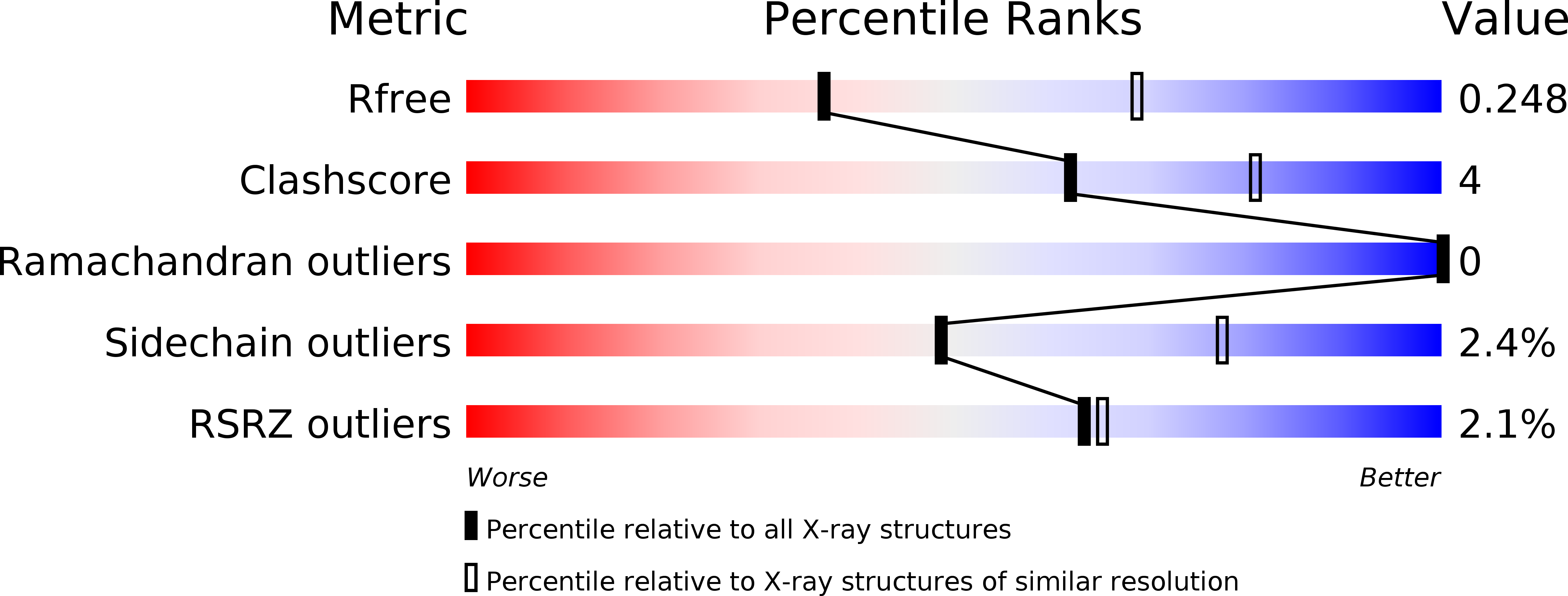
Deposition Date
2014-09-02
Release Date
2014-12-17
Last Version Date
2024-02-28
Entry Detail
PDB ID:
4R8E
Keywords:
Title:
Crystal structure of beta-ketoacyl-ACP synthase II (FabF) from Yersinia pestis
Biological Source:
Source Organism:
Yersinia pestis (Taxon ID: 632)
Host Organism:
Method Details:
Experimental Method:
Resolution:
2.70 Å
R-Value Free:
0.24
R-Value Work:
0.19
R-Value Observed:
0.19
Space Group:
P 1 21 1


